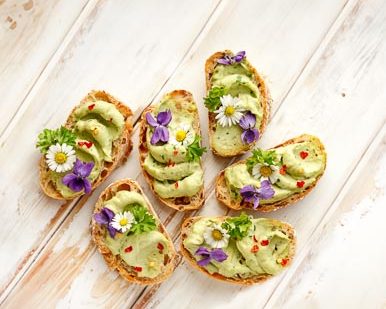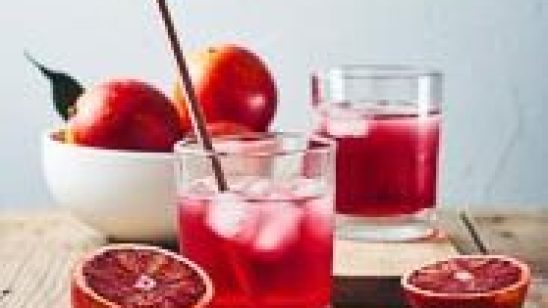
Flowers for food flaunting
Edible flowers and their trimmings are a simple way to add colour and charm to any dish.
Edible is the key word here. Simply plucking a posy of pretty wildflowers is not the way to go. Many flowers are naturally poisonous, some will have been sprayed with chemicals and pesticides, or encountered toxic materials.
Take your time and do your research if you’re picking wild, and choose homegrown or a trusted grower if you can, so that you ensure every part of any flower you are consuming is edible.
Edible flowers can make food look good, and they can also add vitamin A, C, riboflavins, niacin, and minerals such as calcium, phosphorous, iron and potassium that are beneficial to consumers’ health.
Decorative flowers needn’t be limited to cakes and sweet treats. They’re worthy additions to salads, risottos, breads, pizzas, or dotted about a charcuterie board. Pop a few blooms into your ice cube trays for that something extra in your water bottle or next cocktail. Crystalise them, infuse into oils and butters, or use as a garnish on any and every meal. Picky eaters can simply remove floral decorations before eating.
RECIPE
Seen in our kitchens for decades, flowers are a natural supplement to many dishes, although the concept seems odd. Like lavender, nasturtium and pansies becoming common in a culinary experience, plenty of other surprising everyday flowers are edible. Carnation and rose petals, and daisies can all be consumed, while the flowers of herbs such as sage, fennel, and chives, or vegetables such as zucchini, will also make colourful additions to your next dish.
Flowers can be incorporated into any meal. An easy way to start is to add them to your toast each morning. Switch different blooms in out and out, test flavour combinations, and experiment to notice those that most excite your tastebuds. Soon adding flowers, petals, and their flavours, to meals and recipes will blossom, and become second nature.
Ingredients:
- Bread of preference, thick enough to hold multiple toppings
Optional:
- Avocado, smashed
- Basil
- Blue cheese
- Cottage cheese
- Daisies
- Feta
- Fig
- Fresh fruits like blueberries and strawberries
- Honey
- Hummus
- Mini mozzarella balls
- Nasturtium
- Pansies
- Pecans
- Pomegranate pearls
- Prosciutto slivers
- Sundried tomatoes
- Violas
Method:
- Toast a few slices of bread to your liking
- Choose your toppings option and create some beautiful looking toast.
Options:
- Spread a generous amount of avocado on your bread base. Sprinkle with feta and pomegranate pearls to add some cream and crunch. Finish with pansies, which offer a colourful topping, their flavour mild and sweet to complement the adjoining tastes.
- Start with cottage cheese. The creamy, yet sour tang goes well with a few fresh fruits on top. Think blueberries or strawberries, something seasonal. Complete with common daisies for the aesthetic, and to deliver a slightly herbal edge.
- To complement a base of blue cheese, top with classics like fig, prosciutto slivers and pecans. Drizzle with honey to even out the strong flavours. Finish with violas for an added sweetness, while not being too overbearing.
- Make it Margherita style! Hummus on the bottom, with sundried tomatoes and mini mozzarella balls scattered around. Round off these flavours with some basil leaves and a few nasturtium
flowers to add some sweet and spice.



